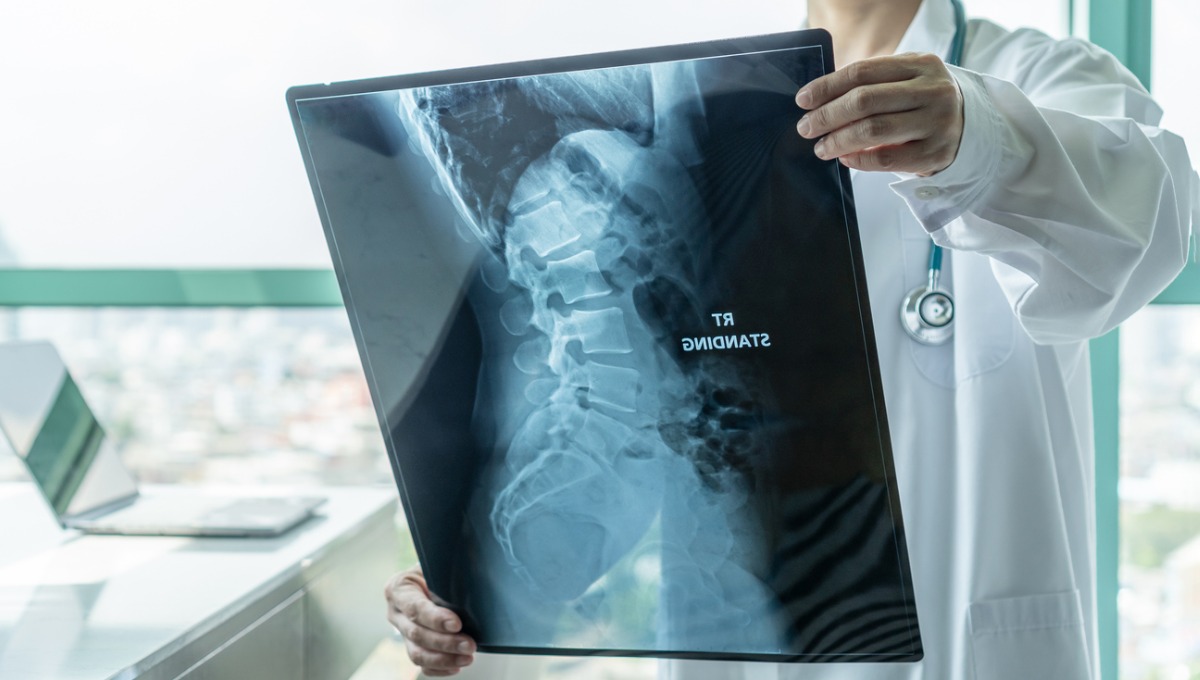
What is Spinal Arthritis?
Arthritis is inflammation of the joints, causing swelling, pain, and stiffness in the joint. It can affect many parts of the body, including the hands, wrists, knees, neck and spine. Arthritis of the spine develops when pain, inflammation and stiffness occur in the facet joints in the spine or sacroiliac joints between the spine and the pelvis. While this can occur anywhere along the spine, it develops most commonly in the low back and neck. Common symptoms of spinal arthritis include:
- Back and neck pain, especially in the lower back
- Swelling and tenderness over the affect vertebrae
- Pain and numbness in the arms or legs
- Stiffness and loss of flexibility in the spine
- Weakness and fatigue
Common forms of spinal arthritis
There are several different forms of arthritis, and many of them can affect the spine. Understand the common forms of spinal arthritis and how they disturb spinal stability and spinal health.
Ankylosing Spondylitis
Ankylosing spondylitis is a type of arthritis that causes inflammation in certain parts of the spine. This condition primarily affects the joints near the pelvis and hip with pain focused in the lower back. Some people with ankylosing spondylitis tend to have mild episodes of back pain and stiffness that come and go. Whereas others can have severe, ongoing back pain and stiffness.
Spinal Stenosis
Spinal stenosis occurs when the spaces in the spine narrow and create pressure on the spinal cord and nerve roots. This condition usually occurs over time. Depending on the location, symptoms can include pain, numbness, and weakness in the legs, feet, arms and hands.
Osteoarthritis
Osteoarthritis is the most common form of arthritis that occurs due to wear and tear. Repetitive motions can cause the cartilage between spinal joints to break done, resulting in bone rubbing on bone. The friction of the bones can cause irritation, pain, and swelling, which could lead to the formation of bony spurs that can press on the nerves surrounding the spine.
Rheumatoid arthritis
Rheumatoid arthritis, or RA, is an autoimmune and inflammatory disease that occurs when the body’s immune system mistakenly attacks the synovium (the thin membrane that surrounds joints and reduces friction between cartilage), wearing it away. When RA affects the spine, it is most common for the cervical spine (neck) to be affected. Progressive forms of RA can result in the deterioration of the spine’s joints, which can leave the spinal cord and/or spinal nerve roots to become compressed.
While there is no cure for arthritis, individuals can find a treatment plan that can relieve pain, inflammation, stiffness and loss of joint mobility so that their arthritis symptoms don’t interfere with everyday activities. Some treatment options may include:
- NSAIDs (nonsteroidal anti-inflammatory drugs)
- Physical therapy
- Steroid injections
- Surgery
Contact us
Treatment of spinal arthritis depends on the severity of the condition. We only consider surgery for treating spinal arthritis if your case is severe, such as a pinched nerve that causes serious numbness, weakness or total loss of bladder/bowel control. For a comprehensive evaluation from the physicians at Brain2Spine Institute, call (727) 828-8400 or schedule an appointment online.






